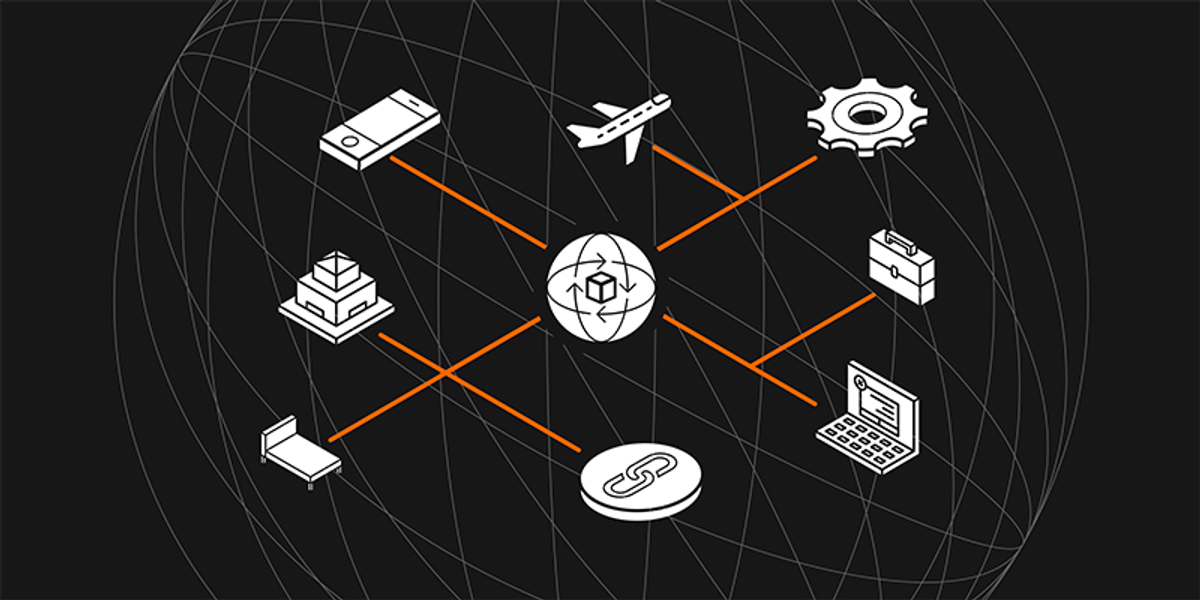Crypto Vets share misconceptions about the upgrade

- Ahead of the merger, Insider spoke to 4 crypto vets who debunked common myths about the upgrade.
- Critics argue that Ethereum’s transition from a proof-of-work to a proof-of-stake model could put the network at a security risk.
- Everyone says, despite misconceptions, the merger will not cut Ethereum gas fees.
Ethereum’s upgrade, Merge, is fast approaching. Scheduled for mid-September, industry vets have called it the most important event in crypto history since the invention of bitcoin and ether.
While the merger won’t address all common complaints related to the smart contract network, it’s billed as a way to reduce energy use by more than 99% and lays the groundwork for future upgrades. With any highly anticipated event—and especially one that could affect the trajectory of a more than a trillion dollar industry—comes a ton of online discourse and misinformation.
Insider spoke to four industry experts, including a longtime Ethereum developer, a crypto executive and digital equity fund managers about the biggest misconceptions surrounding the upgrade.
Ben Edgington, a senior product owner at blockchain software company ConsenSys, says the biggest misconception is that The merger will reduce the cost of transactions on Ethereum’s network.
These charges, also known as Ethereum’s gas fees, are the amount of ether required for a user to interact on the network, which can vary based on congestion and usage. To mint a non-fungible token on Ethereum, for example, some buyers pay more in fees than for the digital collectible itself.
“This idea has been around forever and is regularly disproven. People think that the merge will dramatically reduce gas fees on Ethereum. That’s a separate track and we’re working on that too. There’s a scalability that happens in parallel, but it’s not Merge in September,” Edgington, who has been working on the upgrade for the past 4.5 years, told Insider. “I think that’s the biggest general misconception, and I fear there will be some disappointment about that.”
Harry Kalodner, CTO and co-founder of Offchain Labs, echoed Edgington, adding that the merger itself will only replace Ethereum’s consensus layer with the Proof of Stake Beacon Chain while “the execution capacity of the chain remains the same.”
“This is often confused because Ethereum has an extended roadmap of improvements that have changed over time,” Kalodner said in a statement to Insider.
Changes that increase capacity and reduce costs will come from other upgrades, according to the crypto exec, but they will “generally aim to reduce costs using rollups and won’t come until next year at the earliest.”
Vance Spencer, co-founder of the $1.4 billion crypto venture firm Framework Ventures, says that the reduction of electricity use is huge for the ecosystem and is not emphasized enough. “It’s a fundamentally positive thing, and being on the right side of things like climate change and the ESG narrative is really important,” Spencer told Insider.
Critics say so too Ethereum’s transition from the energy-intensive proof-of-work (PoW) to the proof-of-stake (PoS) model could put the network at a security risk also.
“There are a lot of straw man arguments about security. I think objectively the security of PoS is higher than PoW, but the PoW maximalists will argue because it’s secured with its own token that it can’t be truly secure,” Edgington said, comparing Bitcoin’s network with Ethereum’s smart contract network.
He continued: “They argue that there is a circularity to the argument and that the only true way to secure a chain is to have some externality burning power… We secure this with real value that people have invested in the protocol, actually dollars. That argument is outlandish, but it seems to be very common.”
Hal Press, the founder of digital hedge fund North Rock Digital, says another misconception is that ethereum has no valuethat it is “just a funny little token for money.”
Under PoW, there is “no connection” between what a holder owns and the revenue that the network generates, aside from the fact that it indirectly affects security because it incentivizes more mining. That dynamic changes on a PoS model, Press told Insider.
“On PoS, suddenly the owners capture the fees. They get it distributed to them directly when they own and the rest of it gets burned. To equate it with stocks, it’s actually a stock-based dividend and a stock buyback. Ethereum has 100% net revenue margins because the network basically has zero expenses,” he said.
The press continued: “So all proceeds are either used to buy back ethereum tokens or distributed to the holders. In this context, it’s not just this game of trying to figure out who’s going to pay you more for ethereum in six months. It is actually a really fundamental thing that gives you ownership in this protocol. As activity on the network grows, so does your value.”

























